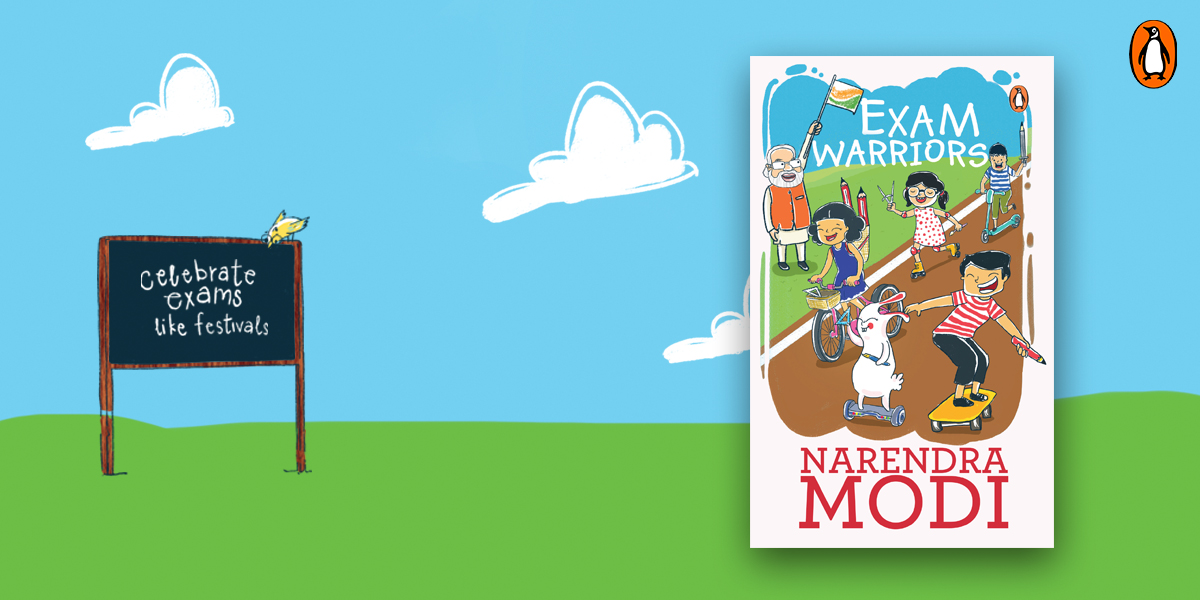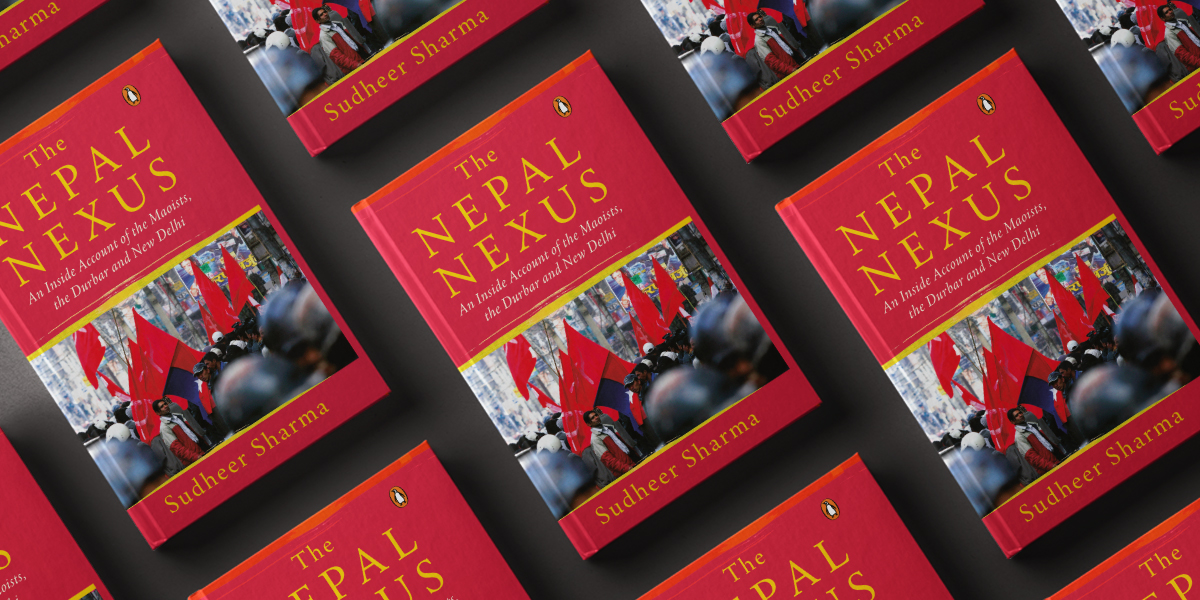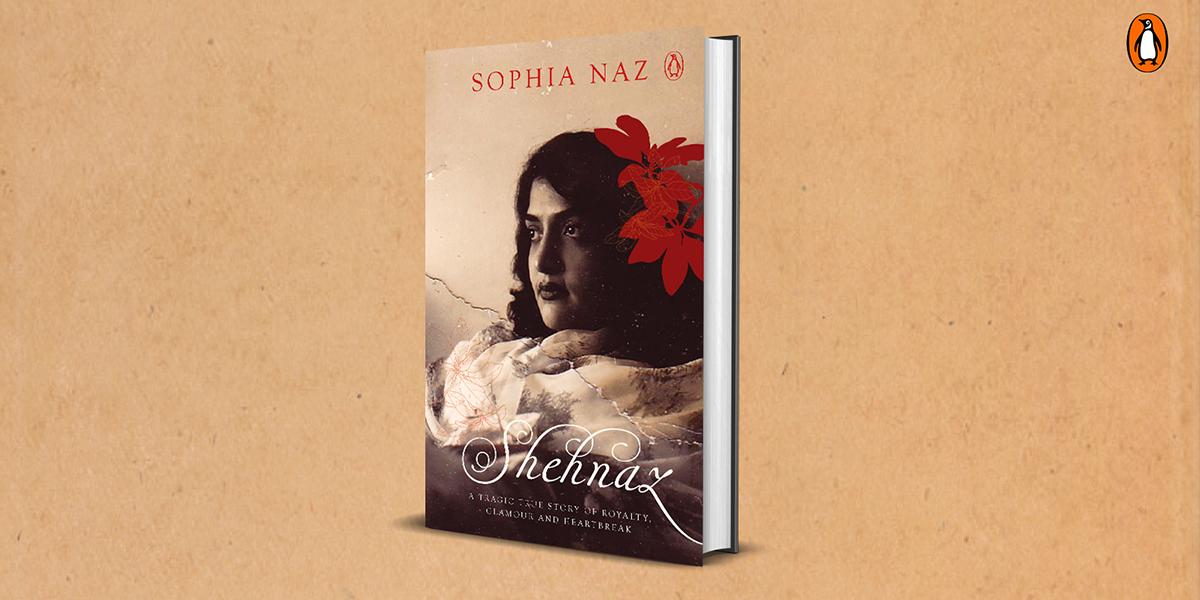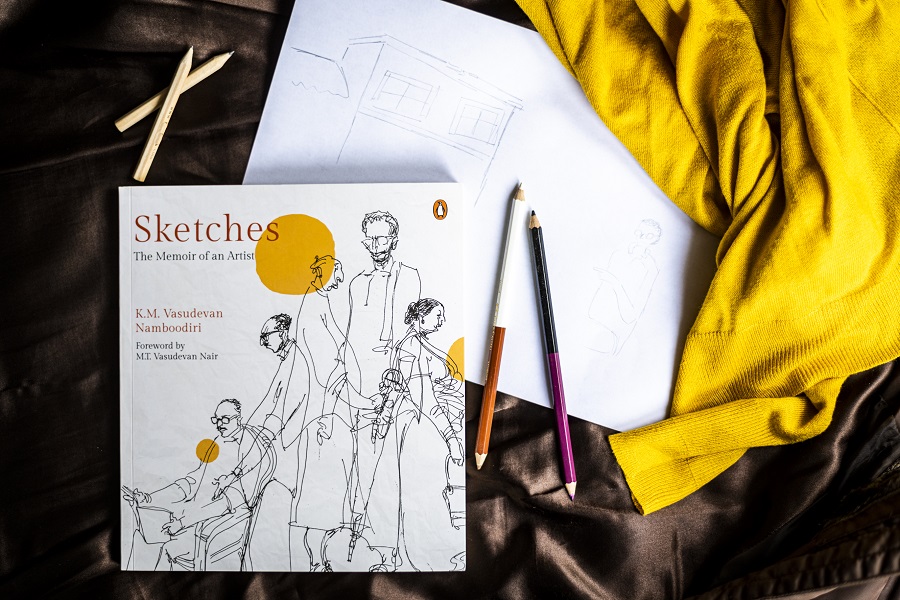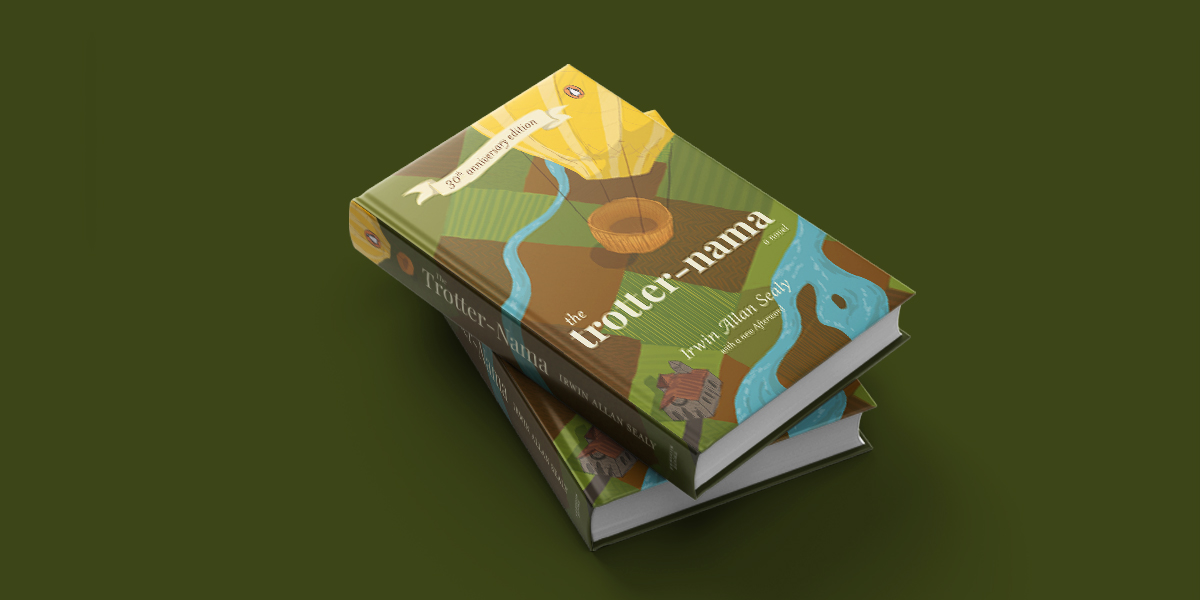Exam Warriors by Narendra Modi is an inspiring book for the youth. Written in a fun and interactive style, with illustrations, activities and yoga exercises, this book will be a friend not only in acing exams but also in facing life.
Non-preachy, practical and thought-provoking, Exam Warriors is a handy guide for students in India and across the world.
On ways to beat exam stress, Mr. Modi writes, “You may not give your best when you’re under stress because your knowledge takes a back seat and pressure drives you. Do you want to be controlled by unnecessary pressure or would you rather control the pressure?”
Read on for 7 Modi mantras to triumph over exam stress-
Mantra 1: Prepare, appear and do not fear failure.
‘Exams are just one of the many important events in life, not the only one. Can one exam be the sole factor in determining one’s excellence and true potential? Certainly not.’
Mantra 2: Always remember: relax to recall.
‘Prepare for exams with a smile, carry the same smile all the way into the exam hall, and out of it. Even if you do not feel like it, SMILE.’
Mantra 3: Pay no attention to tension.
‘It is natural to be mildly concerned before exams. However, worrying all the time will not help. Being in perpetual tension cannot be in fashion. Trying to appear serious may win you sympathy but not success.’
Mantra 4: Live Here and Now
‘The most important time is NOW, so make the most of it. It is not that the past or the future is unimportant. Learn from the past and plan for the future, but work in the present.’
Mantra 5: Use technology to become smart and to unwind smartly.
‘Many people will tell you to completely stop watching television, or be off the Internet during exams. I would never suggest such a drastic measure. These aspects of technology bring a refreshing element to your otherwise fixed routine of books.’
Mantra 6: Trust yourself!
‘During exam time, the possibility of rumours and misinformation reaching you can be high. Do not fall prey to them. Rumours are negative, almost never true and will not affect you if you are well prepared.’
Mantra 7- Yoga strengthens the brain and the nervous system.
‘Better concentration brings about greater efficiency in learning, which in turn enhances recall power. The overall impact is that memory, concentration and confidence are boosted.’
Putting things in perspective Shri Narendra Modi writes, ‘The aim of learning is to gain knowledge. When knowledge is pursued, marks will automatically follow (as a by-product). Focusing simply on marks not only builds undue pressure but also limits what you absorb.’
As Prime Minister, Modi has presided over transformative economic and social sector reforms, which have given a strong boost to India’s development journey.
The education sector has been particularly close to Modi’s heart. He is an inspirational leader for the youth.
Read the Exam Warriors to fight the fear of exams with Modi’s mantras!







